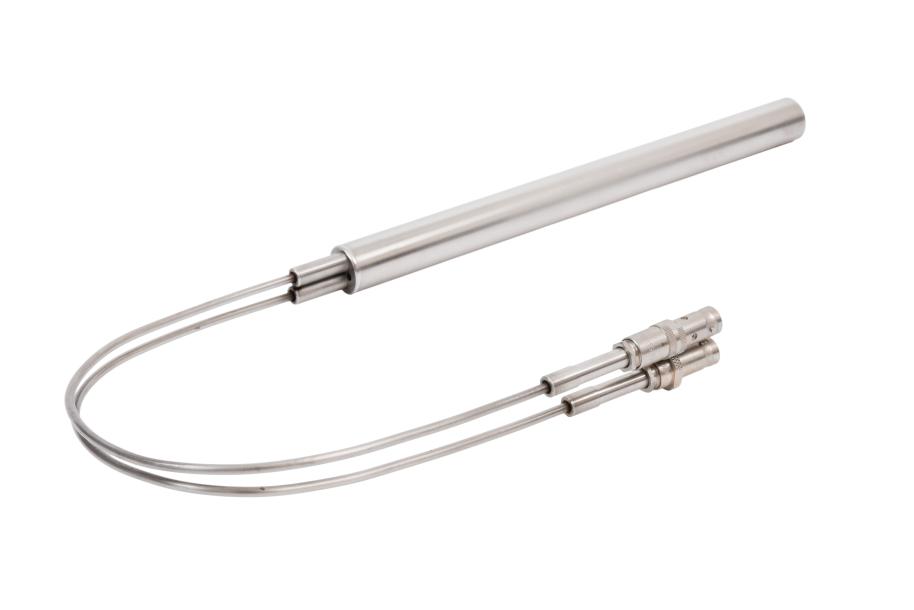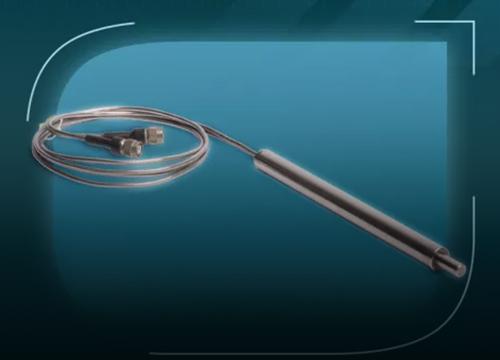In Gamma detectors,gamma radiation produces electrons by interacting with the cathode material and the filling gas. These electrons ionize the gas and the charge carriers are collected by the electrodes. The resulting anode pulse is detected by a load circuit. The primary electrons are created by several interaction mechanisms:
- Photoelectric effect
- Compton scattering
- Pair productio
Mechanism efficiency depends on gamma quanta energy, cathode material and thickness, filling gas type and pressure. Detector sensitivity is therefore very dependent on the detector design, but is always energy-dependent. Due to the dominance of the photoelectric effect, the maximum sensitivity occurs at about 80 keV. At high gamma energies (> 500 keV), the sensitivity can fall to one hundredth of the maximum for the same mechanical design.
A flatter response can be obtained by using an external metal filter and by the choice of filling gas. Photonis is willing to assist in designing such filters.
Need some answers? Ask our experts!
Contact us



What's new in Gamma detectors?
See all
Nov 24th 2023
Photonis, part of Exosens, Aids in TerraPower’s Mission
Photonis, part of Exosens, Aids in TerraPower’s Mission of Low-Cost and Carbon-Free Energy Solutions with Key Components of Operation

Apr 09th 2024
Exosens Adds Innovative Photon Counting System, LINCam

